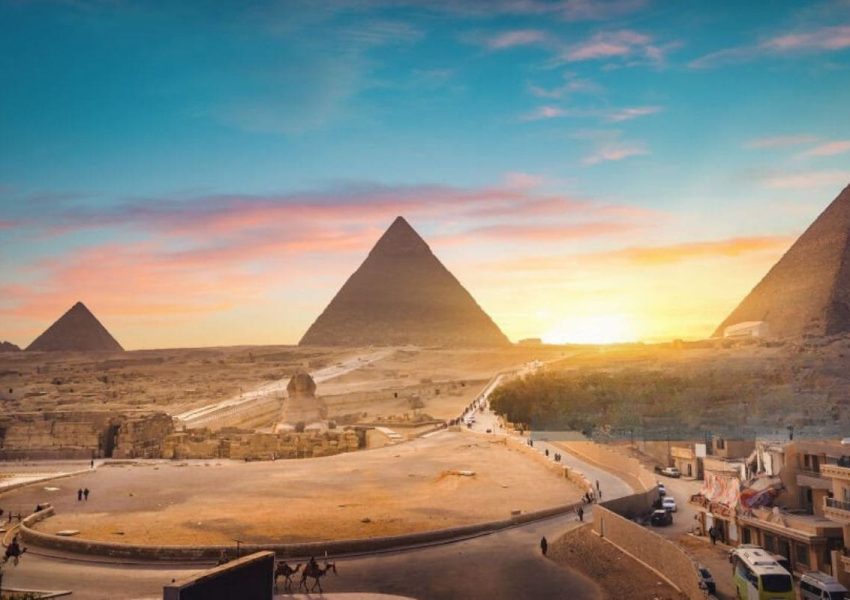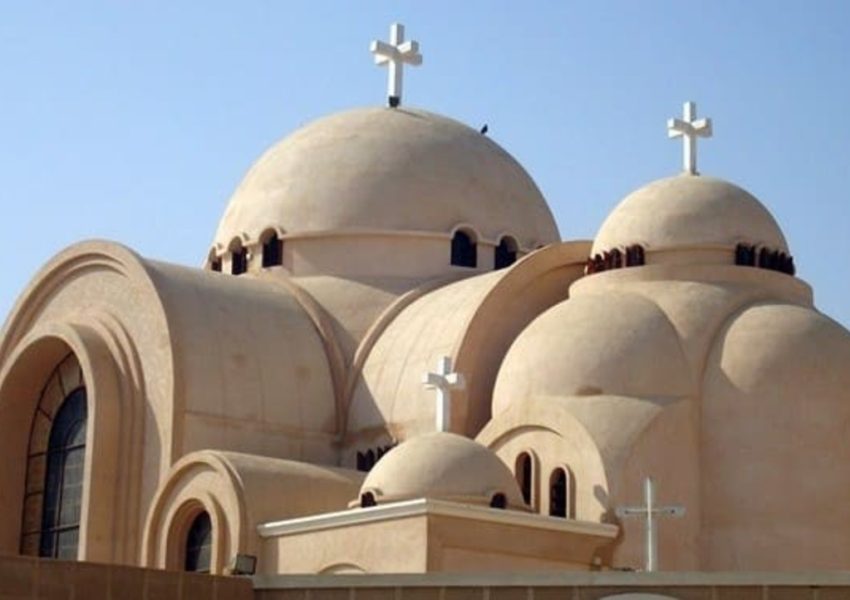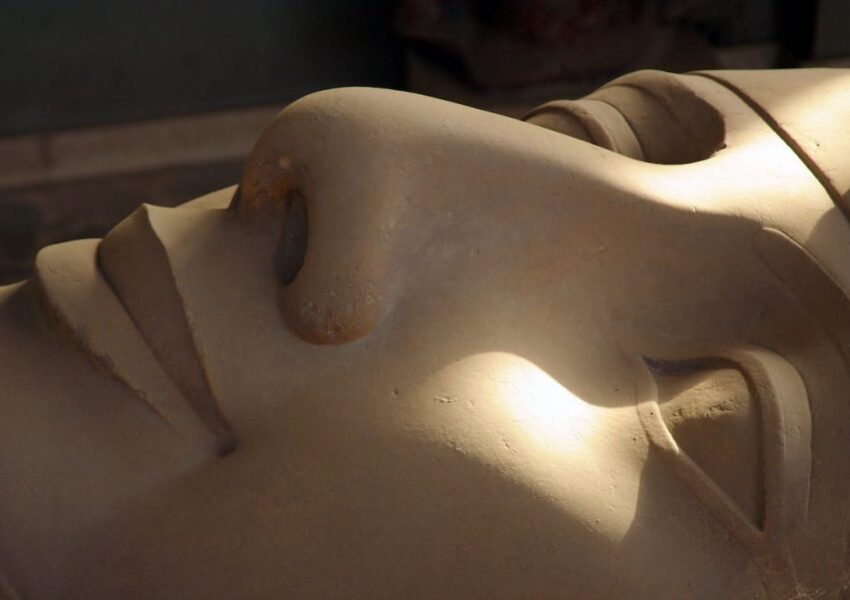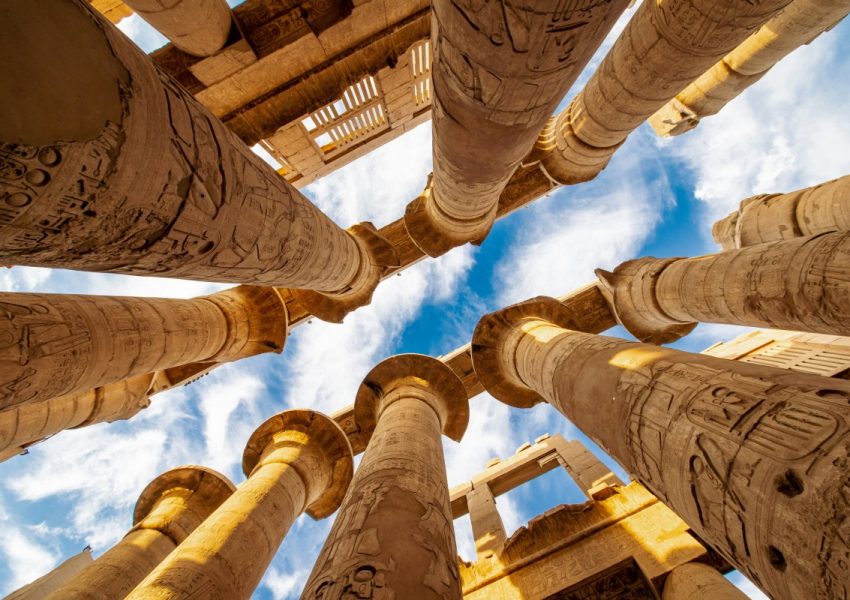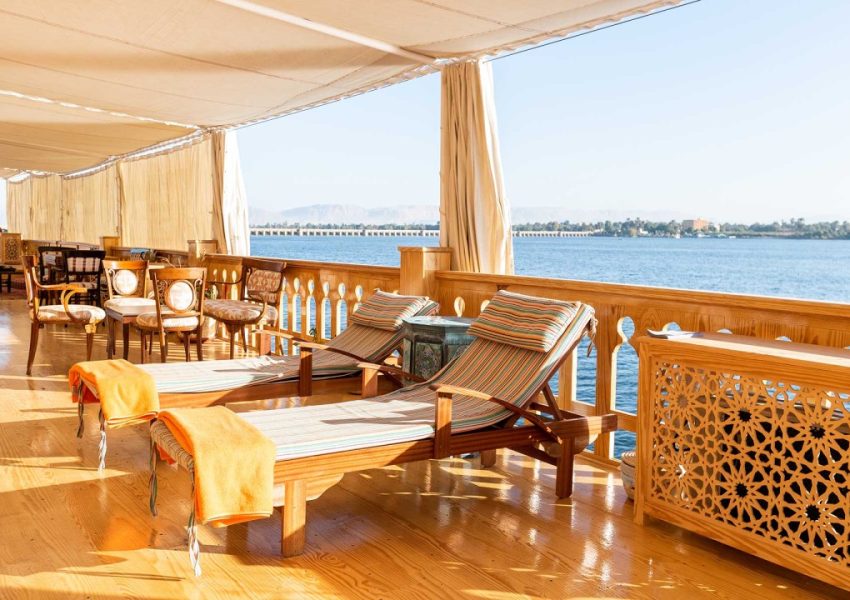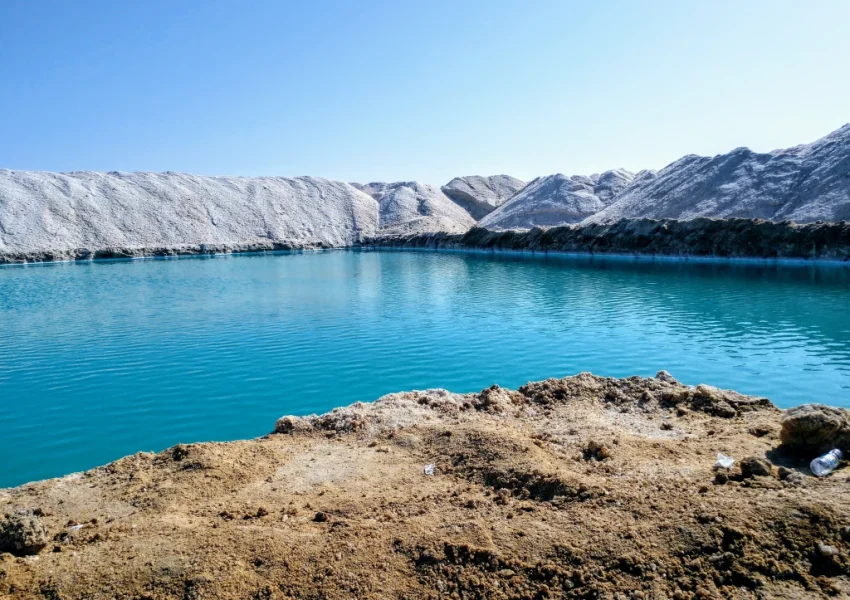Guide to Cairo: A long time ago, explorers set out to discover the Seven Wonders of the World.…
Introduction Welcome to the magnificent world of the Valley of the Kings! In this article, “Must-See Tombs in…
Introduction Imagine standing in the shadow of the colossal Pyramids of Egypt, feeling the weight of history beneath…
Discover the Magic of a Hot Air Balloons Ride in Luxor Egypt Picture this: you’re soaring high above…
Exploring the Great Sphinx of Giza Overtime The Great Sphinx of Giza is a magnificent limestone statue depicting…
The Copts of Egypt: Copts are a fascinating group with deep roots in North Africa, particularly Egypt, where…
Facts About Ancient Egypt: Unveiling the Truth Dive into the mysteries of the past with “14 Ancient Egypt…
Introduction Cultural Travel Guides in Egypt: Have you ever wondered what it’s like to walk through the pages…
Introduction What to Pack for a Dahabiya Nile Cruise Journey: Imagine gently sailing down the timeless Nile, aboard…
Introduction If you’re looking for an off-the-beaten-path experience that blends tranquility, culture, and adventure, then Siwa Oasis is…



